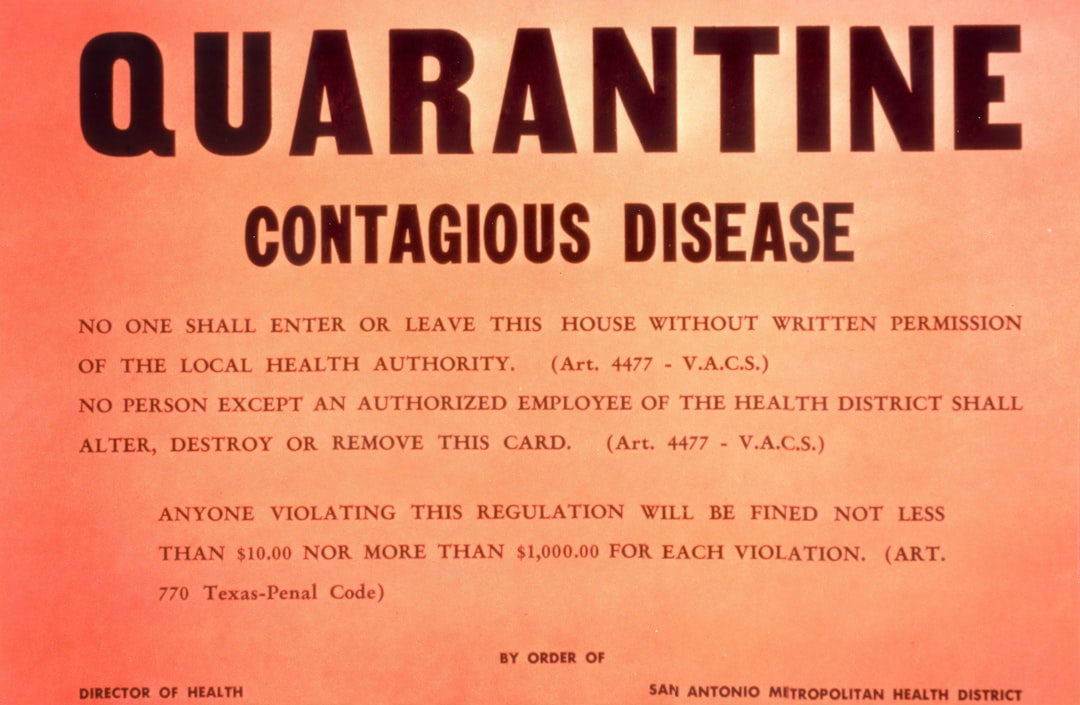The World’s Pandemic Fatigue: Will We Ever Trust COVID Warnings Again?
As the World Health Organization (WHO) sounds the alarm over an emerging COVID-19 variant—again—one cannot help but wonder: Are the public and policymakers truly listening, or are we witnessing the twilight of pandemic vigilance? In the post-pandemic era, each new headline about COVID-19 clashes with a society exhausted, divided, and deeply skeptical of the very institutions charged with protecting it.
Pandemic Warnings: Message Fatigue Meets Rising Risks
“How many ‘emerging variants’ do we need to hear about before we tune it out completely?” This question, reverberating through online forums and coffee shops alike, signals a seismic shift in public consciousness. Trust in health authorities, once nearly sacrosanct, has been battered by political infighting, evolving scientific guidance, and relentless media cycles.
Yet, from a scientific standpoint, the risk remains real. Each new variant is a biological wildcard—potentially more transmissible, severe, or immune-evasive. The WHO is mandated to sound the alarm, but the volume of warnings may now be working against both perception and action.
The Clash of Perspectives
| Viewpoint | Concern | Supporting Evidence | Public Perception |
|---|---|---|---|
| Health Authorities (e.g., WHO) | Vigilance is vital; new variants may upend progress | Viral evolution is unpredictable; vaccines may lose power | Increasing skepticism, fatigue |
| Skeptics & Anti-Mandate Groups | Pandemic is “over”; warnings are fear-based or political | Hospitalizations mostly low; previous waves manageable | Growing distrust, backlash |
| Scientists/Epidemiologists | Evidence-based caution; data-driven policy | Surveillance finds more transmissible variants emerging | Split: Some demand more data, others want less hype |
The Realpolitik of Pandemic Messaging
Ethically, a dilemma emerges: How do you maintain urgency and preparedness when society craves a return to “normal”? The WHO walks a tightrope—underplaying risk can be deadly, overplaying it can damage credibility and invite complacency.
Historically, public health messaging has succeeded through clear, consistent, and transparent communication. COVID, however, introduced rapid scientific change, contradictory guidelines, and intense politicization. Technologies like genomic surveillance (which detect new variants) are remarkable, but the human response—governed by psychology and politics—is less predictable.
What’s at Stake? Science vs. Society
Scientific Relevance
- Variants are inevitable: COVID-19 is an RNA virus, prone to frequent mutations.
- Vaccines and treatments adapt: The scientific community races to keep up, but always lags behind viral evolution.
- Global surveillance: The WHO uses advanced tech to track variants, but global cooperation is uneven and often politicized.
Cultural and Societal Relevance
- Public trust: Confidence in public health is near historical lows in many countries.
- Economic fatigue: People resist new restrictions for fear of renewed economic hardship.
- Media environment: Every new variant is a headline, diluting the impact of truly ‘major’ threats.
Surprising Fact
A 2023 global survey found that only 48% of respondents trusted their national health agencies to provide honest COVID-related information—down from 75% in early 2020.
Are We Ready for the Next Wave?
With societies fractured and exhausted, and the institutional memory of SARS-CoV-2 already fading, the next serious variant could either be a false alarm or a devastating shock. Health leaders must rethink communication—less sensationalism, more clarity, and honest admission of scientific uncertainties.
The emergence of a new variant is not just a test for lab researchers in Geneva, but for global society itself: Will we tune in, or tune out, when it matters most?
This article was inspired by the headline: 'WHO Eyes Emerging COVID-19 Variant - Medscape'.

Comments
No comments yet. Be the first to comment!